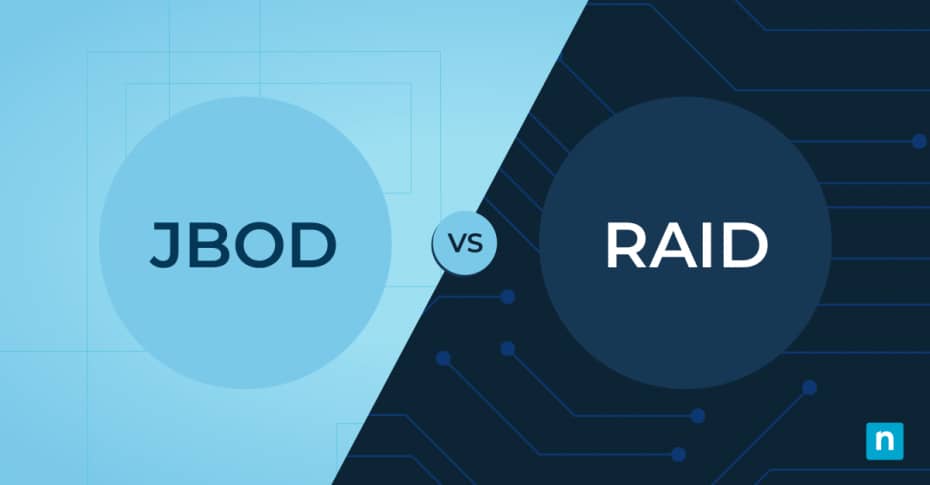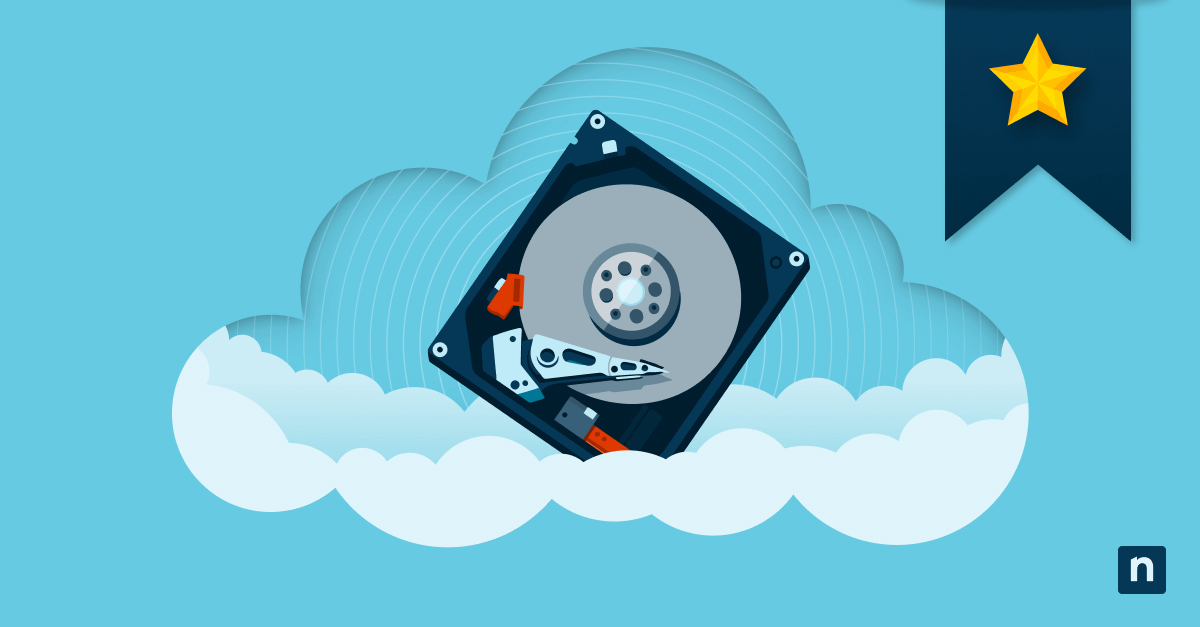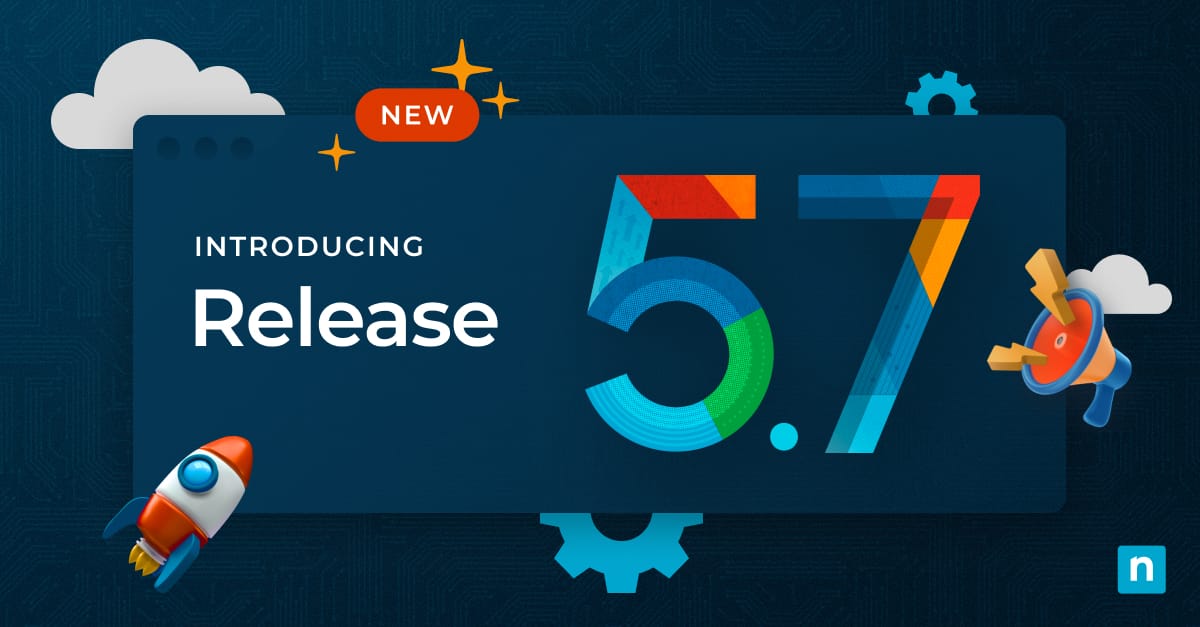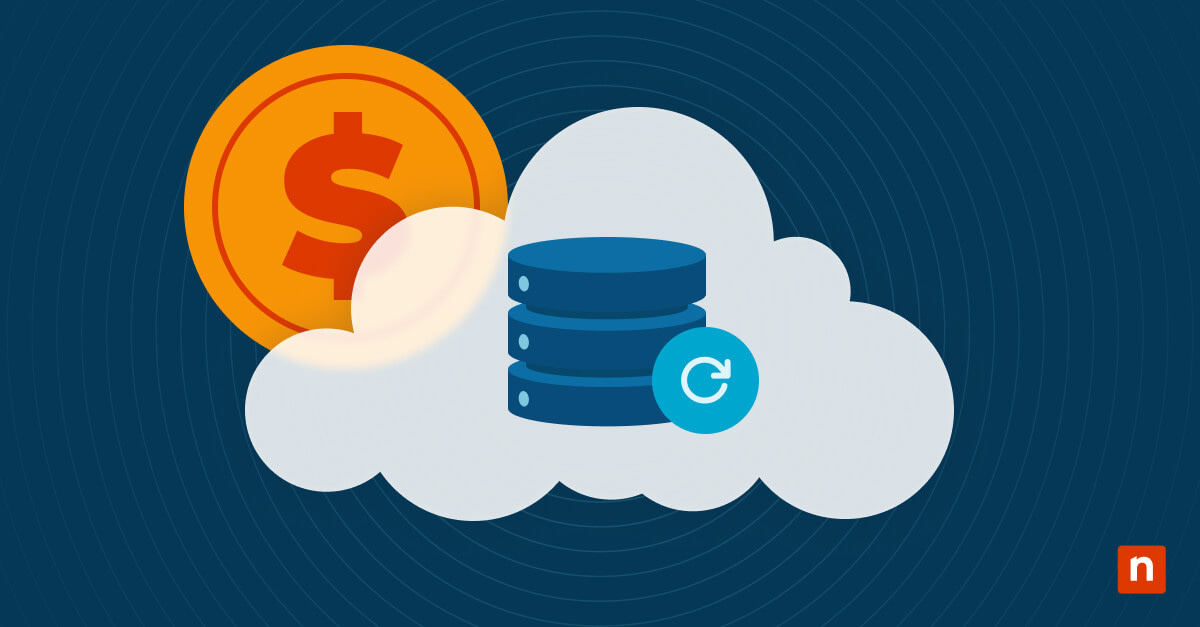JBOD Vs Raid: Which One Is Best for Data Centers?
Choosing the right data storage strategy for your data center is no small feat. JBOD vs RAID – these are two options that come with their own sets of advantages and considerations. But which one aligns best with your needs? The answer might surprise you.
What is JBOD?
JBOD (just a bunch of disks) leverages multiple disk drives in a single enclosure, operating independently or merged into a larger volume. JBOD offers straightforward scalability and flexibility. It allows you to combine different disk capacities and access drives independently, making it an attractive option when comparing JBOD vs RAID, especially for applications where redundancy isn’t essential.
What is RAID?
RAID, which stands for redundant array of independent disks, combines multiple hard disks or solid-state drives into a single storage unit to enhance performance and data redundancy.
By distributing data across various drives, it minimizes the risk of data loss and can boost read/write speeds, depending on the RAID level you choose. Managing RAID arrays requires either hardware or software RAID controllers, providing you with the flexibility to tailor your storage solution to specific needs.
Here are some different RAID configurations to know about:
- RAID 0: Stripes data across multiple disks for high performance but no redundancy.
- RAID 1: Mirrors data for complete duplication, ensuring data safety but using more disk space.
- RAID 5: Stripes data and distributes parity bits, allowing for data reconstruction if a single drive fails.
- RAID 10: Combines mirroring and striping for both redundancy and performance.
JBOD vs RAID comparison
When comparing JBOD vs RAID, it’s important to examine data organization and management, performance characteristics, redundancy and fault tolerance, scalability, flexibility, and cost considerations. Each method offers distinct advantages and trade-offs that impact how your data center can handle storage needs.
Data organization and management
JBOD prioritizes straightforward data expansion without complex configurations. Each drive operates independently, making it simpler but lacking redundancy.
Conversely, RAID offers multiple levels to balance redundancy and performance. RAID configurations demand uniform drive capacities and proactive maintenance but provide robust data protection. Your choice depends on whether you need JBOD’s basic management or prefer RAID’s advanced features for enhanced data integrity and performance.
Performance characteristics
JBOD configurations leverage individual drives without combining their performance, leading to variable read/write speeds. This setup is straightforward but lacks performance optimization. However, JBOD’s simplicity and scalability make it suitable for less performance-critical applications.
On the other hand, RAID arrays can boost performance significantly, especially in RAID 0 and RAID 10, which utilize data striping to enhance read/write speeds.
Redundancy and fault tolerance
JBOD lacks inherent redundancy. If a drive in a JBOD setup fails, the data on that drive is lost unless external software solutions are used for redundancy.
RAID configurations excel in this area by offering various levels tailored to different redundancy needs. For instance, RAID 5 distributes parity bits across drives, allowing data reconstruction if a single drive fails. For robust fault tolerance and redundancy, RAID is generally the superior choice, providing more control and reliability for essential data storage.
Scalability and flexibility
When considering scalability and flexibility, JBOD stands out for its straightforward expansion — simply add another drive without intricate configurations. It also uses drives of varying capacities within the same enclosure. These features make it highly adaptable for environments where storage needs grow unpredictably.
RAID, on the other hand, provides a structured method for scalability. It often requires matched drives but delivers improved speed, performance, and redundancy.
Cost considerations
Evaluating the cost implications of JBOD and RAID is essential when designing a data center’s storage solution. Weighing the different factors will help you decide the most cost-effective solution for your specific needs.
JBOD generally offers a lower initial cost due to its simplicity and lack of redundancy features. You can use drives of varying capacities and types, reducing the need for uniformity.
However, RAID can provide better long-term value through enhanced data protection and performance, potentially lowering overall costs associated with data loss and downtime. While RAID may require a higher initial investment in compatible drives and RAID controllers, the benefits of data redundancy and improved access speeds can justify the expense.
JBOD vs Raid potential drawbacks.
While both JBOD and RAID have positive attributes, they also have negative aspects that must be considered.
JBOD
JBOD drawbacks include:
- No redundancy. If a drive fails, the data on that drive is lost.
- No performance improvements from striping or mirroring.
- Managing individual drives can be complex and cumbersome.
RAID
The downsides of RAID include:
- A higher initial cost due to additional hardware and drive requirements.
- More complex setup and management require expertise.
- Array rebuild time, especially in RAID 5 or RAID 6, can be time-consuming and impact performance.
JBOD storage applications
JBOD storage applications allow for straightforward scaling and flexible disk utilization and excel in environments where simplicity and cost-efficiency are paramount. You can easily add more drives to expand storage without dealing with complex configurations. JBOD is perfect for:
- Backup and archival purposes: Store large amounts of data without needing high performance or redundancy.
- Media and content servers: Manage vast libraries of media files where losing a single file isn’t disastrous.
- Data logging and analytics: Aggregate raw data before processing, where data availability isn’t crucial.
RAID configurations and use cases
While JBOD offers simplicity and cost-efficiency, RAID configurations provide a range of options that balance performance and redundancy to suit various data center needs. Different RAID levels offer different advantages, like RAID 0 for speed, RAID 1 for mirroring, and RAID 5 for a balance of performance and fault tolerance. RAID 10 combines mirroring and striping, offering both redundancy and enhanced performance.
RAID is ideal for environments requiring high availability and data integrity, such as enterprise databases and crucial application servers. By selecting the appropriate RAID level, you gain control over your storage architecture, optimizing it for your specific operational demands.
Choosing between JBOD vs RAID for data centers
When deciding between JBOD and RAID for data centers, you’ll need to assess your specific storage requirements and management capabilities.
Ultimately, your choice hinges on whether you prioritize redundancy and performance (RAID) or simplicity and cost-effectiveness (JBOD). By matching your storage strategy to your operational needs, you’ll maintain control over your data infrastructure.
A common failure for RAID storage systems is that nobody noticed a disk failure — that’s why it’s important that you monitor your RAID storage. Ninjaone’s comprehensive remote monitoring and management solution ensures you have backups or redundant copies of your data stored off-site for disaster recovery. Try a free demo of NinjaOne today.








